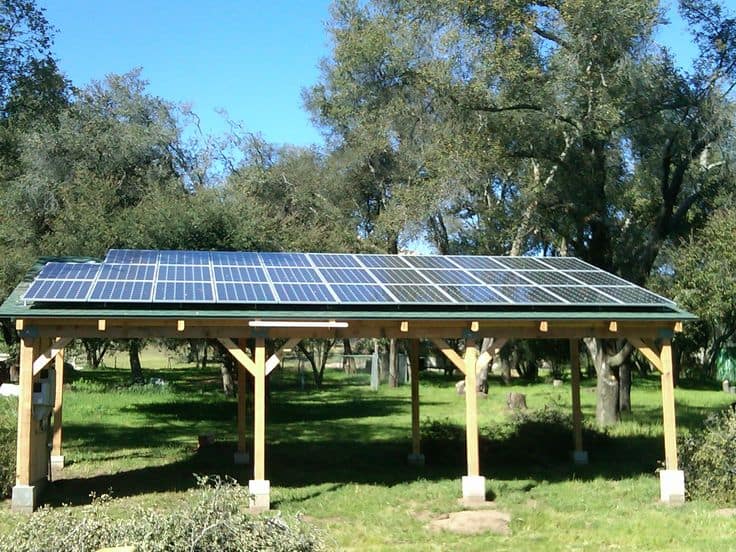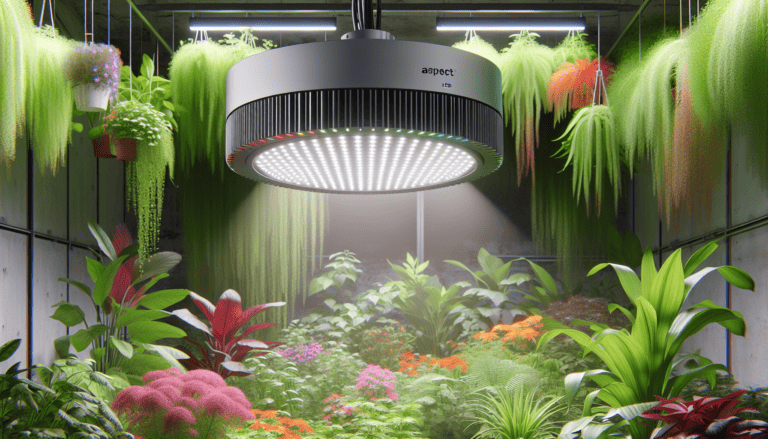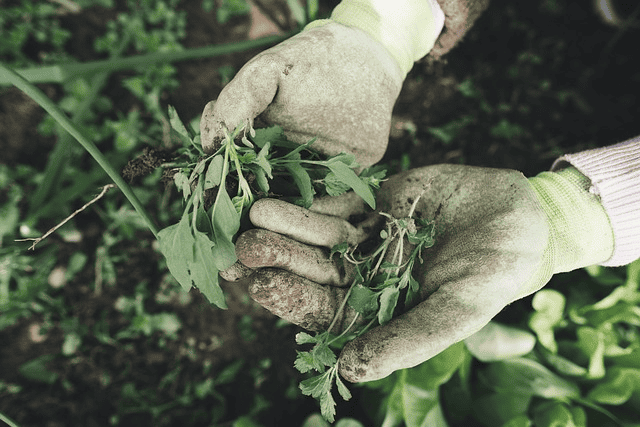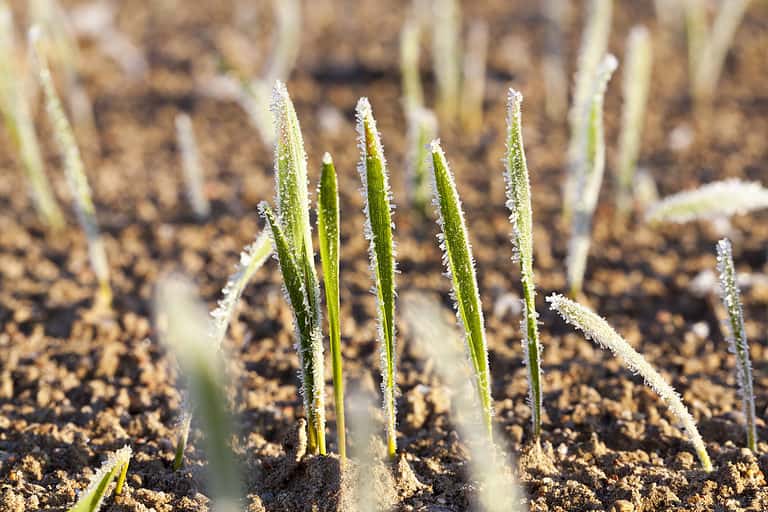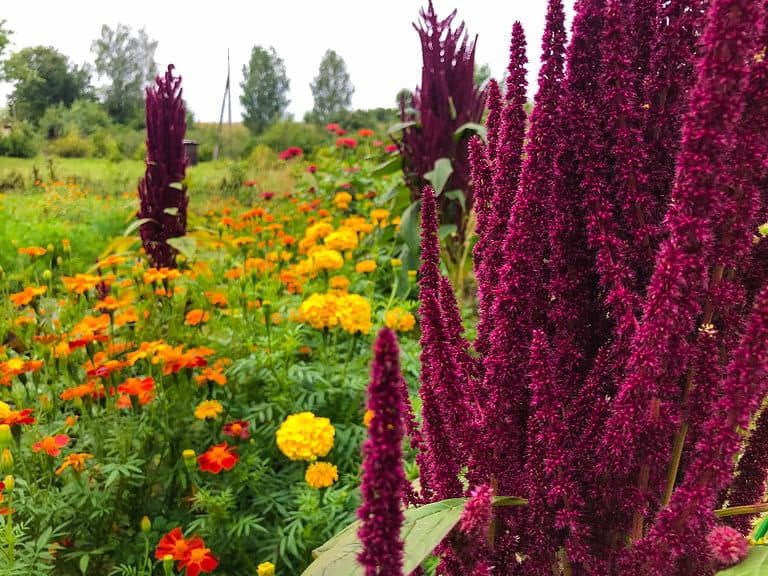How to Raise Bees: Beekeeping Basics
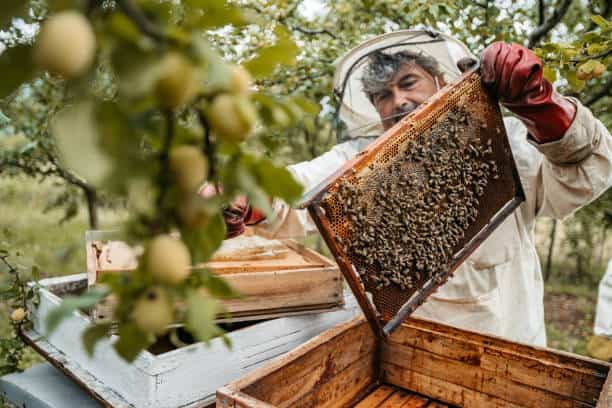
Keeping bees can be a rewarding and fascinating experience for anyone interested in agriculture, ecology, and sustainability. And even if you’re not interested in how to raise bees, you would come to love the practice and possibly get interested after reading this article.
Bees are an integral part of our ecosystem, responsible for pollinating over 70% of all the world’s crops. However, with the increase in urbanization and the use of pesticides, the bee population has been declining at an alarming rate. In a bid to help save these workers and contribute to the environment, many people are turning to keep bees. While they make significant contributions to the environment, these persons benefit from the practice. Beekeeping is a rewarding hobby that also provides a sustainable source of honey and beeswax. You too can take gain these benefits, if you hop on this opportunity.
In this article, we will discuss the basics of beekeeping, including how to get started, the equipment needed, and tips for maintaining a healthy hive. So whether you’re an experienced beekeeper or just starting, you’re on the right page. All we’ve provided here are valuable information on how to raise bees and contribute to the preservation of our environment.
Benefits of Beekeeping
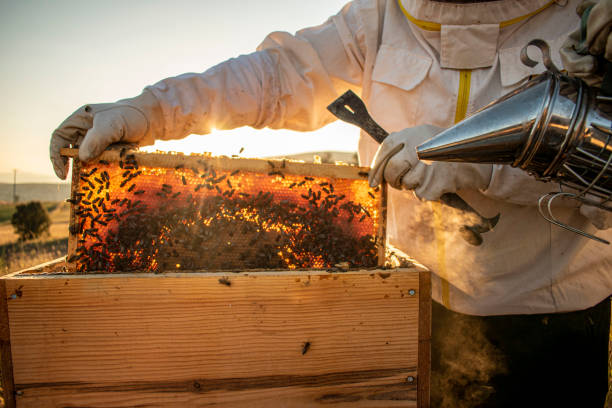
Unless it’s a hobby or a sport, not everyone would want to embark on a task that wouldn’t benefit them. We’re guessing you want to know what you can benefit from raising your own bees; so we tidied that one first. Beekeeping or apiculture offers numerous benefits for both the beekeeper and the environment. Here are some of the benefits you get when you keep bees:
1. Pollination:
Worker bees are the primary pollinators for a wide range of crops and flowers, including fruits, vegetables, and nuts. Pollination is the process by which pollen is transferred from the male part of a flower to the female part, leading to fertilization and the production of seeds. Without pollination, many plant species would not survive, and the food chain would be disrupted. If you have a large farm, you would definitely want a good harvest from your crops. By keeping bees, you can help ensure that these plants are adequately pollinated, leading to better crop yields and increased biodiversity.
2. Food Production:
By significantly assisting in the pollination of the flowers that humans rely on, honey bees create opportunities for food production. Foods like apples, almonds, and blueberries would be severely impacted if bees and other pollinating agents are not available. This in turn would lead to higher food prices and increased food insecurity. Also, healthy bees help maintain biodiversity by pollinating a wide variety of flowers, including wildflowers and other flowering plants. Hence, they support other forms of wildlife that depend on these plants for food and habitat.
3. Honey Production:
Honey is a natural sweetener with numerous health benefits. Some of these include its antibacterial properties, wound healing, and allergy relief properties. Raising your own bees provides a sustainable source of raw honey that you can use at home for consumption, producing processing natural bath soaps and lotions, and even for commercial sales.
4. Beeswax Production:
Beeswax is a versatile material used in cosmetics, candles, and other household products. As a beekeeper, you can harvest beeswax from their hives and use it for personal or commercial purposes.
5. Environmental Benefits:
Bees provide a range of ecosystem services, including soil formation, nutrient cycling, and water retention. They also play a crucial role in maintaining the balance of the ecosystem. This they do by controlling insect populations and providing food for other animals. By keeping honey bees, you can help preserve the natural habitat and increase biodiversity in your area.
6. Educational Opportunities:
Beekeeping provides a unique opportunity for hands-on learning about the natural world and can be a valuable farm educational tool for children and adults alike. Bees are also a valuable subject for scientific research, providing insights into genetics, behavior, and evolution. Protecting and preserving the bee population is necessary for ensuring the sustainability of our planet.
7. Stress Relief:
You can take on beekeeping as a hobby or an activity for relaxing and calming, hence, providing a break from the stresses of daily life.
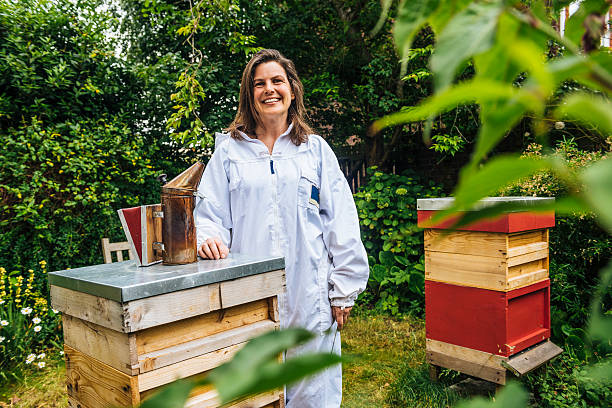
Overall, beekeeping has many other benefits to offer for both the beekeeper and the environment. Imagine what it would be like to have a sustainable source of honey and beeswax, great support of pollination on your farm, and a contribution to the preservation of the ecosystem. We know you’re eager to hear them, so let’s get into the preparatory steps for raising bees.
Preparing for Beekeeping: Necessary Steps to Take
There are several important steps you need to take when preparing to raise honey bees to ensure a successful and sustainable beekeeping operation. Here are some key considerations when preparing for beekeeping:
1. Local Regulations and Requirements:
Before you start a beekeeping operation, it is important you first research to find out the local regulations and requirements in your area. This may include obtaining permits, registering your hives, and complying with any zoning or land-use regulations.
2. Determine Your Purpose of Beekeeping:
There are many reasons why people choose to keep bees. Do you intend to raise honey bees to produce honey? Are you keeping them to pollinate your plants? Do you intend to keep the bees for educational purposes? Or do you want to do it all? Whichever choice you’re taking, you have to make it clear. Knowing the purpose of your beekeeping operation will help you select the appropriate bee species and equipment, and also guide your management practices.
3. Find a Suitable Location for the Hive:
Bees need a suitable location for their hives, where they have access to food sources and protection from predators and inclement weather. A good location for the hive should have abundant nectar and pollen sources, it should be away from areas with heavy foot traffic, and it should be sheltered from high winds and direct sunlight. Ideally, a hive should be located in an area with a water source nearby. This may be a stream or lake. But if any of that isn’t available, the water supply in the area should be dependable.
4. Acquire Necessary Equipment and Supplies:
To get started with beekeeping, you will need a few essential pieces of equipment and supplies. Some of which include a hive, beekeeping suit, gloves, smoker, hive tool, and a bee brush. You should go for high-quality equipment and supplies from a reputable supplier to ensure the safety and colony health of your honeybees. And overall, quality tools would last longer so you won’t need to change them as often as you would with cheap products.
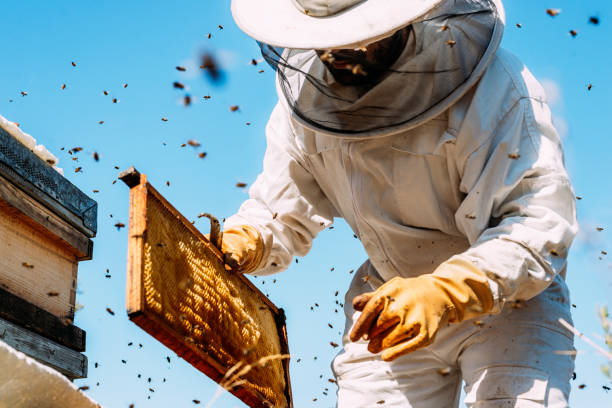
By taking these steps, you can ensure a successful and sustainable operation in your local beekeeping practice. This would support the health of your bees in the most sustainable ways for the environment. Since you’re still here, we’re going to assume that you’ve been waiting for the capsules on how to raise bees. No problem, we’re about to get into that. In the words to follow, we have highlighted the fool-proof steps on how to start beekeeping. Stay with us.
How to Raise Bees: The Complete Guide
Raising honey bees requires patience, attention to detail, and a commitment to learning about bees and their behavior. With proper care and management, your bee hives can provide years of enjoyment and a valuable contribution to the environment. Let’s look through the most important steps you need to take to start your own bee farm.
1. Start by Selecting a Suitable Location for your Bee Hives
Although we explained more about this in the previous heading, let’s brush through again. A sunny area that is sheltered from strong winds and has access to a water source is ideal for a bee farm. Again, be sure to check with your local government for any regulations regarding local beekeeping in your area.
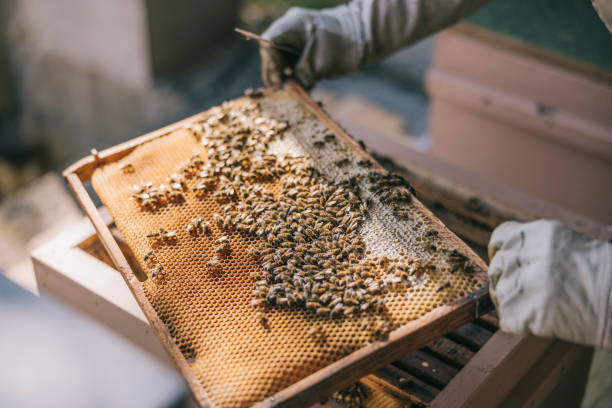
2. Purchase Your Bee Hives from a Reputable Supplier
A standard hive will consist of a bottom board, one or more boxes for the bees to build their comb in, frames to hold the comb, and a cover to protect the hive from the elements. You will also need a protective suit, gloves, and a smoker to calm the bees when working in the hive.
3. Purchase Your Bees from a Reputable Supplier
There are several species of bees, but the most common for natural beekeeping is the Western honey bee. You can either buy a package of bees or a nucleus colony, which is a small established colony that includes a queen bee.
4. Install Your Bees in Their Hive
By following the instructions provided by the supplier, you’ll need to transfer the bees from their shipping container to the hive, making sure to keep the queen safe and secure.
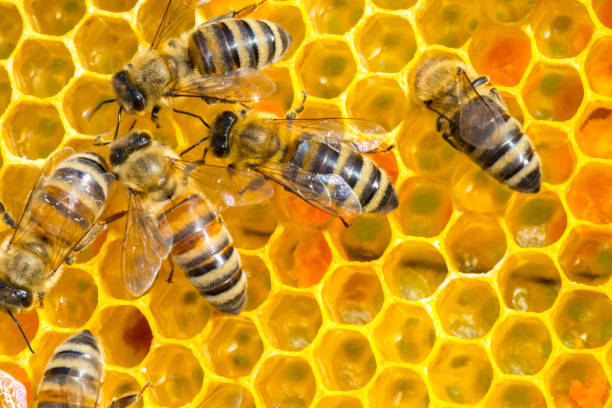
5. Regularly Inspect Your Hive
To make sure the bees are healthy and productive, they need regular inspections. You’ll need to check for signs of disease, pests, and mites, as well as ensure that the honeybees have enough food and space to grow.
6. Harvesting the Honey
Harvest your honey by removing the honeycomb frames from the hive and extracting the honey. This can be a messy and time-consuming process, but the reward is delicious, natural honey that you can enjoy or sell.
7. Maintenance and Repairs
Maintain your beekeeping equipment by cleaning and repairing it as needed. You’ll also need to replace old hive tools such as old frames and boxes as they wear out.

Getting more excited? Here’s our confession, “There’s more!” We won’t stop at giving you the tips to start bee farming, we have detailed all you should know on acquiring the best and most productive honeybees for your farm. Check it out yourself!
Acquiring Bees for Your Hive
Acquiring bees is a critical step in starting a successful bee farm. Here are some key considerations when acquiring bees:
Choosing the Best Bee Species to Rear:
There are several bee species that you can raise and still make all the benefits. Some of these are the Western honey bee, Italian bee, and Russian bee. But of course, there would be a best. The western honey bee is the most commonly used species and is known for its gentle temperament, high honey production, and disease resistance. However, whether or not you would be going for the Western honey bee species, it is important to consider the climate and environmental conditions in your area, as well as the purpose of your beekeeping operation.
Purchasing Bees from a Reputable Supplier:
We can’t emphasize this much. It is important to purchase bees from a reputable supplier to ensure the health and safety of your bees. A good supplier should provide high-quality honeybees that are disease-free and well-suited to your location and climate. When purchasing bees, you should research the supplier, then read reviews from other beekeepers to ensure that they have a good reputation.
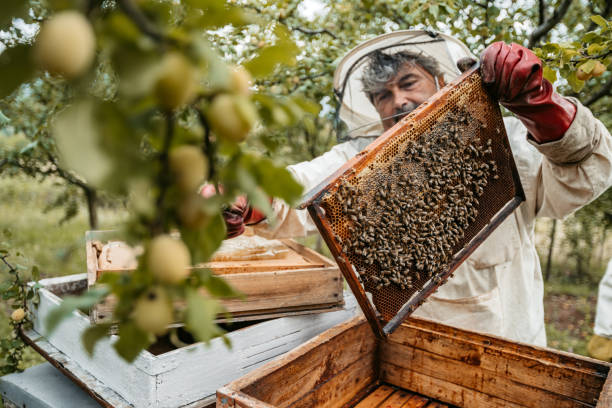
Installing Bees into the Hive:
Once you have gotten your honeybees, you need to install them into the hive properly. To do this, you would need to remove the frames from the hive and gently shake the bees into the hive box. Make sure your wear protective gear and work carefully and calmly to avoid disturbing the bees. After installing the bees, provide them with food and water so they can settle into their new home.
Doesn’t sound hard? Honestly, it isn’t. As a first-time beekeeper, it may not come off as easy. No worries, we’re in tune with you. As long as you follow these steps, with time, you will adjust and come to enjoy the activity. After installing your bees into the hive, you would need to manage and maintain them. Won’t you? Obviously! Let’s explore these ideas below.
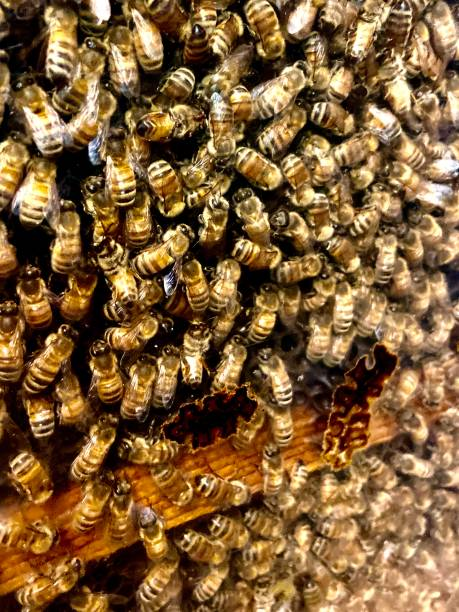
Hive management
Hive management is an essential aspect of beekeeping and involves several key tasks to ensure the health and productivity of your bees. There are key considerations when managing your bee hives. These include regular inspections, monitoring for pests and diseases, providing adequate food and water, adding and removing honey supers, and controlling swarming. Let’s take a detailed look at each of them.
1. Regular Hive Inspections:
Regular hive inspections are important to monitor the health of your bees and ensure that the hive is functioning properly. Inspections should be done every 7-10 days during the active season and less frequently during the winter. During inspections, you should check the brood pattern, the number of honey stores, and the overall health and behavior of the bees.
2. Monitoring for Pests and Diseases:
Pests and diseases can have a significant impact on the health of your bees and the productivity of your hive. It is important to regularly monitor for pests such as varroa mites, wax moths, and beetles, as well as diseases such as American foulbrood and European foulbrood. If you notice signs of pests or diseases, you should take immediate action to prevent the spread of the problem.
3. Providing Adequate Food and Water:
Bees need a steady supply of food and water to maintain their health and productivity. It is important to provide your bees with access to nectar and pollen sources in the surrounding environment, as well as supplemental feedings if necessary. Also, you should provide your bees with a source of clean water, such as a shallow dish or birdbath.
4. Adding and Removing Honey Supers:
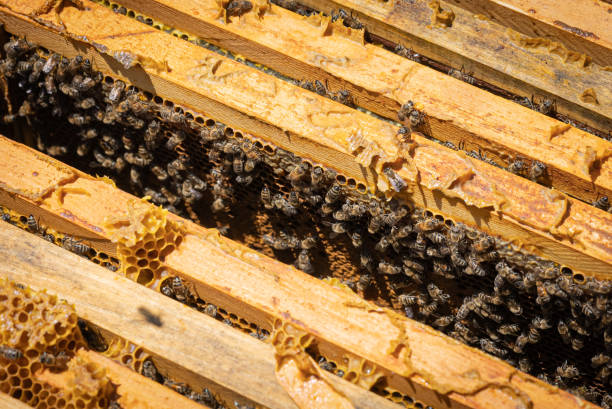
Honey supers are additional boxes that are added to the hive to store excess honey. You should only add and remove honey supers as needed to prevent overcrowding and to ensure that the bees have adequate space to store honey. During inspections, check the honey supers for fullness and add or remove them as necessary.
5. Swarm Control:
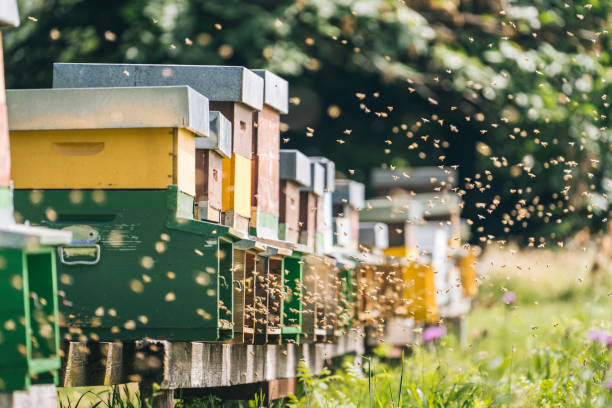
Swarming is a natural process in which a colony of bees splits into two separate colonies. While swarming is a normal part of the bees’ reproductive cycle, it can also lead to a loss of bees and raw honey production. It is important to monitor your hive for signs of swarming, such as the presence of queen cells, and to take steps to prevent or control swarming as necessary.
Harvesting Honey: All you Need to Know
Harvesting honey is one of the most rewarding aspects of beekeeping. Here are some things you need to consider when harvesting honey:
1. Indicators of Honey Readiness:
Before you collect honey, ensure that it is ripe and ready for harvesting. One way to tell if honey is ready is to check the wax caps on the honeycomb. When the caps are a light brown color and are slightly sunken in, this indicates that the honey is ripe and ready for harvesting.
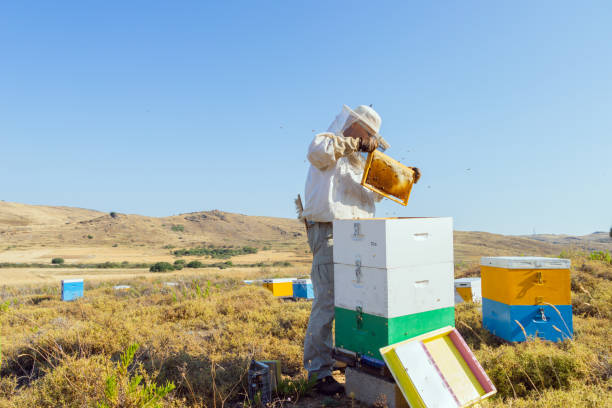
2. Honey Extraction Techniques:
Once the honey is ready, the next step is to extract it from the honeycomb. There are several different techniques for honey extraction, including using a honey extractor, crushing and straining the honeycomb, or using a comb cutter. Regardless of the technique used, ensure you handle the honey with care to avoid overheating or overprocessing it.
3. Storing and Packaging Honey:
After extracting the honey, it is important to store and package it properly to ensure its quality and shelf life. Honey should be stored in a cool, dry place away from sunlight, and should be packaged in clean, food-grade containers. It is important to label the honey with the harvest date and other relevant information, such as the type of honey and the location of the hive.
Maintenance and Upkeep for Your Bees
To ensure the health and productivity of your bees, maintenance and regular upkeep of the beekeeping equipment are above essential. Here are some keys to consider when maintaining and upkeeping your beekeeping equipment to ensure the health and productivity of your bees.
1. Cleaning and Repairing Equipment:
Beekeeping equipment such as hives, frames, and tools should be cleaned and sanitized regularly to prevent the spread of diseases and pests. Always remember to remove any debris, propolis, and old wax from the equipment and to sterilize it with a solution of bleach and water or any other appropriate sanitizer. Also, damaged or broken equipment should be repaired or replaced as necessary.
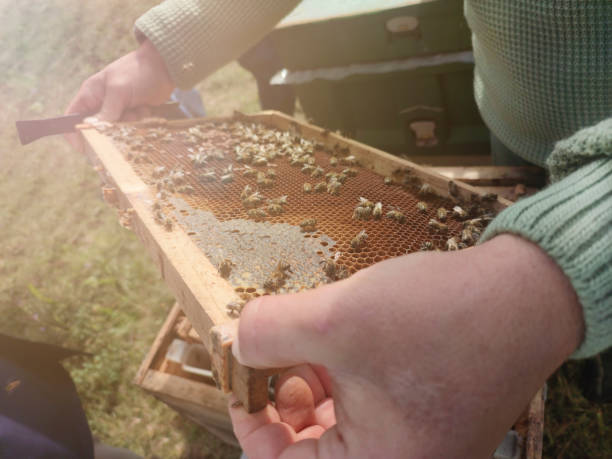
2. Replacing Old Frames and Boxes:
Over time, beekeeping equipment such as frames and boxes may become worn out and need to be replaced. It is necessary to periodically inspect your equipment and replace any frames or boxes that are old or damaged. This will help ensure that the hive is functioning properly and that the bees have adequate space to store honey and raise brood.
3. Preparing the Hive for Winter:
Winter preparation would help ensure that your bees survive the cold winter months. In preparation for winter, you should remove any excess honey supers and reduce the size of the hive by consolidating frames. You should also insulate the hive if necessary and provide your bees with a source of food, such as sugar syrup or fondant. It is also important to ensure that the hive has adequate ventilation and that the bees are healthy and free of pests and diseases.
Recap of All We’ve Mentioned
- Beekeeping is a rewarding and sustainable practice that contributes to the preservation of the environment.
- Worker bees are crucial pollinators, responsible for pollinating over 70% of the world’s crops.
- Beekeeping benefits include pollination, food production, honey and beeswax production, environmental benefits, educational opportunities, and stress relief.
- Raising honey bees can provide a sustainable source of honey and beeswax, support pollination on farms, and contribute to the preservation of the ecosystem.
- Preparatory steps for raising honey bees include learning the basics of beekeeping, obtaining the necessary equipment, and maintaining a healthy hive.
- Before starting beekeeping, research local regulations and requirements, determine the purpose of your beekeeping operation, find a suitable location for the hive, and acquire the necessary equipment and supplies.
- To raise bees, select a suitable location for your bee hives, purchase bee hives, and protective gear from a reputable supplier, purchase bees from a reputable supplier, install bees in their hive, regularly inspect your hive, harvest honey, and maintain and repair equipment.
- When acquiring bees, choose the best bee species for your location and purpose (e.g. Western honey bee for gentle temperament, high honey production, and disease resistance)
- Purchase bees from a reputable supplier who provides high-quality, disease-free bees suited to your location and climate
- Install bees into the hive properly by gently shaking them into the hive box and providing them with food and water
- During hive management, Regularly inspect hives every 7-10 days during the active season to monitor bee health and hive function
- Monitor for pests and diseases such as varroa mites and American foulbrood
- Provide adequate food and water, including access to nectar and pollen sources and supplemental feedings if necessary
- Add and remove honey supers as needed to prevent overcrowding and ensure adequate space for honey storage
- Monitor for signs of swarming and take steps to prevent or control swarming as necessary.
- Harvesting honey requires ripe honey and careful extraction techniques to maintain its quality
- Storing and packaging honey should be done properly to ensure its shelf life and labeling for relevant information
- Maintaining and cleaning beekeeping equipment is important for the health and productivity of the bees
- Replacing old frames and boxes helps ensure the hive is functioning properly and has adequate space
- Winter preparation involves removing excess honey, consolidating frames, insulating the hive, providing food, and ensuring proper ventilation and bee health.
Closing Notes
Raising bees is a fascinating and rewarding activity that offers a range of benefits, from providing delicious honey to supporting the health of our ecosystems. However, it is important to approach beekeeping sustainably and responsibly, to ensure the health and well-being of both the bees and the environment.
As a beekeeper, by following the best practices we’ve highlighted above, you can ensure the productivity and health of their hives. Don’t forget to take note of local regulations and requirements, and to purchase bees from reputable suppliers.
Final Tip: Beekeepers should also consider joining a local beekeeping club or beekeeping community to connect with other beekeepers and share knowledge and resources.

